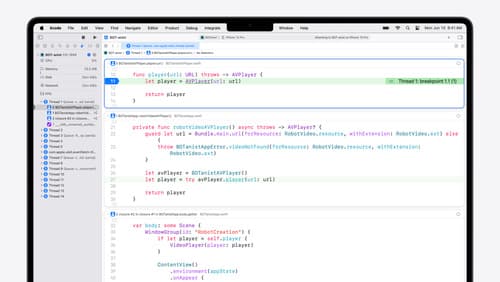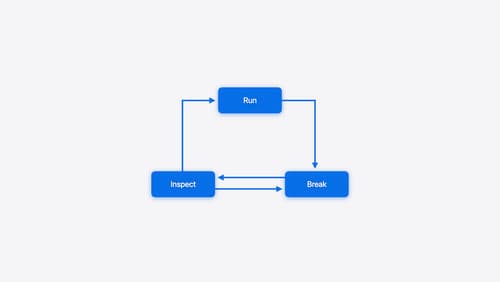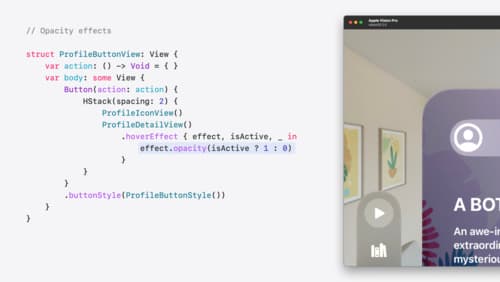back pressure
Asked on 2025-05-03
1 search
It seems like you're interested in the concept of "back pressure," which is not directly mentioned in the provided context from the WWDC sessions. However, if you're looking for information related to performance and memory management, the session titled "Analyze heap memory" might be relevant. This session discusses memory pressure and its effects, such as memory spikes causing system reactions like swapping, compressing memory, and potentially terminating apps.
For more detailed insights, you can refer to the chapter on "Transient memory growth overview" in the Analyze heap memory session. This section might provide useful information on how memory management issues can affect app performance, which could be related to the concept of back pressure in a broader sense.

What’s new in Xcode 16
Discover the latest productivity and performance improvements in Xcode 16. Learn about enhancements to code completion, diagnostics, and Xcode Previews. Find out more about updates in builds and explore improvements in debugging and Instruments.

Run, Break, Inspect: Explore effective debugging in LLDB
Learn how to use LLDB to explore and debug codebases. We’ll show you how to make the most of crashlogs and backtraces, and how to supercharge breakpoints with actions and complex stop conditions. We’ll also explore how the “p” command and the latest features in Swift 6 can enhance your debugging experience.

Create custom hover effects in visionOS
Learn how to develop custom hover effects that update views when people look at them. Find out how to build an expanding button effect that combines opacity, scale, and clip effects. Discover best practices for creating effects that are comfortable and respect people’s accessibility needs.
